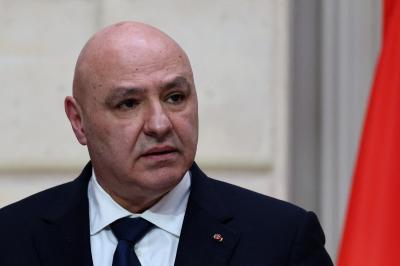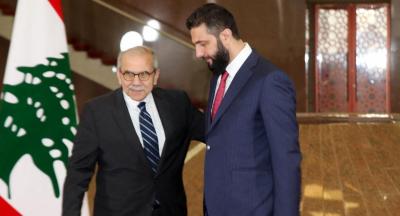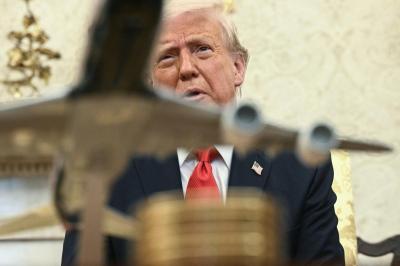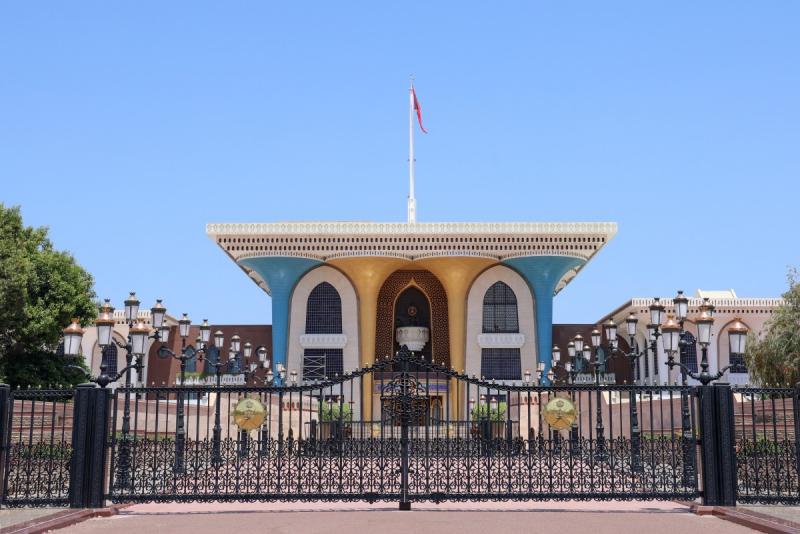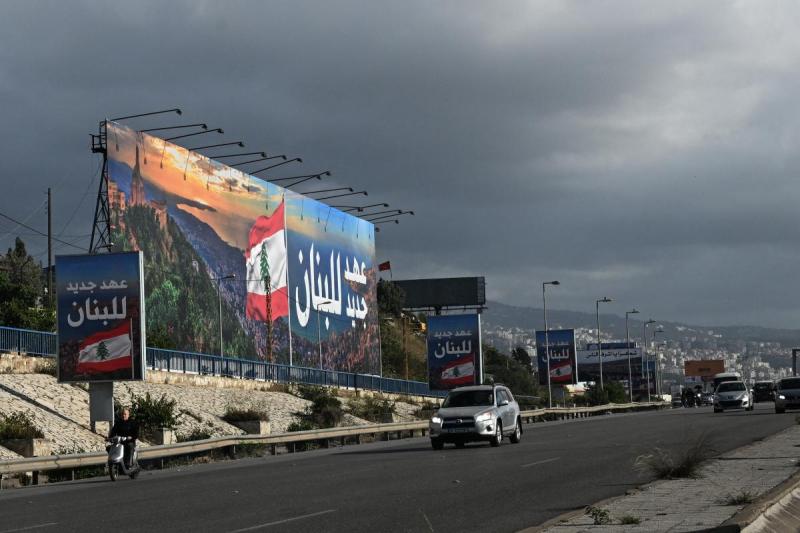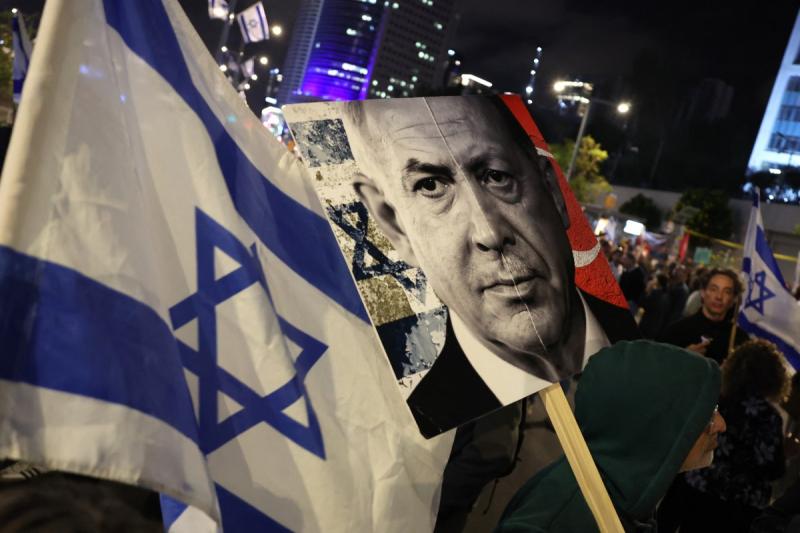After months of fiery rhetoric and mutual threats, the recent shift in tone between U.S. and Iranian officials suggests a new phase is taking shape—one that moves beyond the prospect of war in the Gulf and toward calibrated diplomacy.
Just days ago, U.S. President Donald Trump sent a sharply worded letter to Iran’s Supreme Leader, Ayatollah Ali Khamenei, warning that time was running out. Trump presented two stark options: negotiate a new nuclear deal with the U.S. within two months, or face a devastating military strike. While the letter extended an open hand for peace, the Iranians dismissed what they saw as a condescending tone. Khamenei and his inner circle rejected direct talks under duress with a country they view as untrustworthy and unreliable. In response, they raised the specter of revisiting the 2003 fatwa that prohibits nuclear weapons—a dramatic shift that could only come through a new religious decree.
This public exchange of threats marked a critical point. For the first time since the 1979 revolution, Washington appeared ready to contemplate direct war with Tehran. American officials believe Iran has made significant progress in uranium enrichment, inching dangerously close to acquiring nuclear weapons capability. This comes after Tehran shed its commitments to the 2015 nuclear agreement, which Trump unilaterally withdrew from in 2018.
But that escalation was quickly followed by a flurry of indirect diplomacy. The United Arab Emirates delivered Trump’s message to Tehran, which responded through Oman. The result? Tehran agreed to negotiate—not directly with Washington, but through the Omanis, whom they trust more than the Emiratis.
Yet this is not the sweeping negotiation Trump envisions. Iran insists the talks focus solely on the military nuclear file, not a broad-based accord. The initial phase will be about defining the framework: which topics will be discussed, who will represent each side, and how close those representatives are to Khamenei and, on the American side, to the president himself. This phase will show how seriously both sides are taking the process.
Israel in the Picture
Israel’s role looms large in the background. Though Prime Minister Benjamin Netanyahu remains constrained and unlikely to launch a solo military operation against Iran, Washington will not tolerate threats to its closest regional ally—especially after Iran’s regional influence waned following recent setbacks.
During his upcoming visit to the U.S., Netanyahu is expected to pressure Trump’s inner circle to abandon trust in Iranian intentions and push for a military strike. For years, Netanyahu has eyed regime change in Tehran—or at the very least, the dismantling of its nuclear ambitions. This moment, he believes, presents a historic opportunity: a far-right Israeli government aligned with a U.S. president amenable to confrontation.
However, Trump’s calculations, and those of his Vice President J.D. Vance, diverge from more hawkish members of his administration like Defense Secretary Pete Hegseth. Despite their hardline reputations, Vance and his camp are often labeled "isolationists," preferring rational, peaceful solutions and wary of entangling the U.S. in another foreign war. They understand that a full-scale attack on Iran could destabilize the regime and trigger internal chaos—yet they see no strategic value in regime collapse. Instead, they argue for targeted strikes on strategic facilities.
But Iran is no easy target. With a landmass of over 1.6 million square kilometers, it possesses a vast, dispersed, and largely hidden nuclear infrastructure—unlike Israel, which Iran would certainly retaliate against in the event of an attack.
The Risks of Escalation
Opponents of military action raise difficult questions: What happens if Iran closes the Strait of Hormuz? If it hits U.S. bases across the Gulf, including Al-Udeid in Qatar? What if the conflict spills over, igniting a crisis in the oil-rich region of global commerce? Countries like Qatar, Saudi Arabia, the UAE, and Kuwait would inevitably be dragged in—targets for Iranian proxies seeking to destabilize the Gulf. Regional powers like Turkey and Russia would also be forced to take sides.
This risk calculus may explain Trump’s recent softening of tone, particularly his retreat from earlier threats to retaliate against Iran over Houthi attacks on shipping lanes. This moderation irritates hawks within the administration, who prefer maximum pressure and worry Trump might end up following the path of former President Barack Obama by signing a new agreement that restores Iranian influence and financial power.
Critics within Trump’s team believe Iran is adopting a new "shadow strategy"—stepping back strategically to protect the regime while hoping to gain concessions. They draw parallels with Obama’s administration, which began with indirect talks that eventually evolved into direct negotiations and, ultimately, major gains for Tehran.
A New Deal, Not the Old One
Both Washington and Tehran agree on one thing: the 2015 deal is dead. Trump believes the agreement failed to address Iran’s missile and drone programs, its space ambitions, and its destabilizing regional role—all issues vital to U.S. and Israeli interests. His priority is a comprehensive dismantling of Iran’s nuclear and missile programs.
Iran, for its part, isn’t seeking a return to the old deal either. It wants to use it as a foundation for a new, updated agreement—one that begins with lifting sanctions and unlocking frozen assets abroad.
A Wide Gap Remains
Still, the gap between the two sides is vast. Iran won’t accept full dismantling of its nuclear or missile programs. Nor will it abandon regional allies it considers essential to national security. Meanwhile, Washington sees Tehran’s regional proxies weakened, its influence waning and argues that Iran can no longer hide behind ambiguity or fight through intermediaries.
Ultimately, the situation is complex. Iran will have to make concessions—starting with halting uranium enrichment. Tehran has already signaled readiness to pause its military nuclear ambitions and engage in discussions on regional stability and possibly the conduct of its allies.
Time and demographics are not on Iran’s side. The region is changing, geographically and politically. With the right moves, Iranian officials hope their “shadow strategy” will be enough to rein in Trump’s appetite for war.
 French
French










